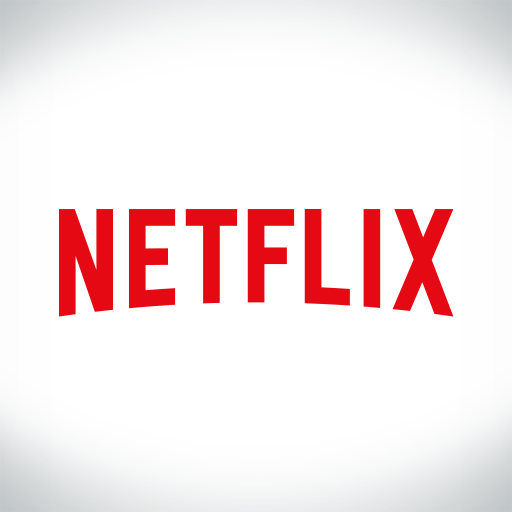Netflix and choice

It’s almost the weekend and so my thoughts are turning to what to watch this evening to relax. Anyone who knows me will know my love for films and with two young children at the moment the cinema isn’t as easy at it used to be so I have found solace in Netflix. Unfortunately, I think Netflix has an issue (apart from the fact that some of it’s recent films have been terrible). Too much choice.
How often do you open up Netflix (or Amazon for that matter) and you spend half an hour (or longer!) deciding what you are going to watch. Sometimes I want to watch a film but then spend so long deciding / trying to find a film that I eventually give up and just watch a TV show instead.
What if your customers are doing that with you? If you offer a customer too much choice it can be overwhelming and actually result in less sales. In 2000, psychologists Sheena Iyengar and Mark Lepper published a study regarding jam. At a food market they set up a display table of gourmet jam. The first day they had 24 varieties and the second day they only had 6. The results are fascinating.
24 varieties – results:
- 242 customers passed and 145 people stopped – 60%
- Average number of jams sampled – 1.50
- Only 4 of the 145 people who stopped actually bought a jam. Just 3%!
Compare this to the results of the 6 varieties experiment:
- 260 customers passed and 104 people stopped – 40%
- Average number of jams sampled – 1.38
- 31 of the 104 people who stopped bought a jam – 30%
Whilst the larger sample size drew a larger crowd (approximately 20% more) they only converted 3% of these people, compared to a 30% conversion rate for the smaller display. If you look at the actual sales funnel then the larger display only converted 1.65% of the population it was marketing to (4/242) whilst the smaller display converted 11.92% (31/260).
Not only does this highlight how important it is that you market your proposition effectively and reduce the number of choices for your customer, but it also shows how important it is to have a handle on these KPI’s and metrics. If you didn’t drill down in to this data then your gut feeling could be that the larger sample size attracts more attention, which you automatically think would therefore result in more sales.
We work closely with our clients to ensure that they are tracking the correct numbers and to show them that small changes can have a huge impact. Imagine if, as per the experiment above, you cut your customers choices by 75% and this resulted in a 7x increase in your turnover! These are simple changes that can transform your business.
As businesses start to monitor their historical information and pick out trends they can then use this information to influence their decisions going forward. The KPI’s shift from being Key Performance Indicators to being Key Predictive Indicators. These focus on what you need to do to achieve the desired result rather than what you have done – i.e. in the example above if you know you need 30 sales a day to make a profit then you know you need to market to at least 260 people and you can then take the appropriate steps to make sure your sales funnel is full.
If you would like to know more about growing your business and knowing your numbers so that you have financial control of your business, and can then work towards financial freedom, then please contact me about a free consultation.
PS. Netflix needs to allow you to curate your own lost a lot more easily and remove films that you never want to see from your database entirely. You should also be able to set up alerts for actors and directors that you like. They also need to improve their AI as the algorithms that they use for suggesting films are way off the mark. Rant over!
PPS. If you are interested in some further reading / information on this then have a look at The Art of Choosing, by Sheena Iyengar who carried out the study above and also did a couple of great TED talks on the subject, and The Paradox of Choice (author Barry Schwartz also has a TED talk here).
